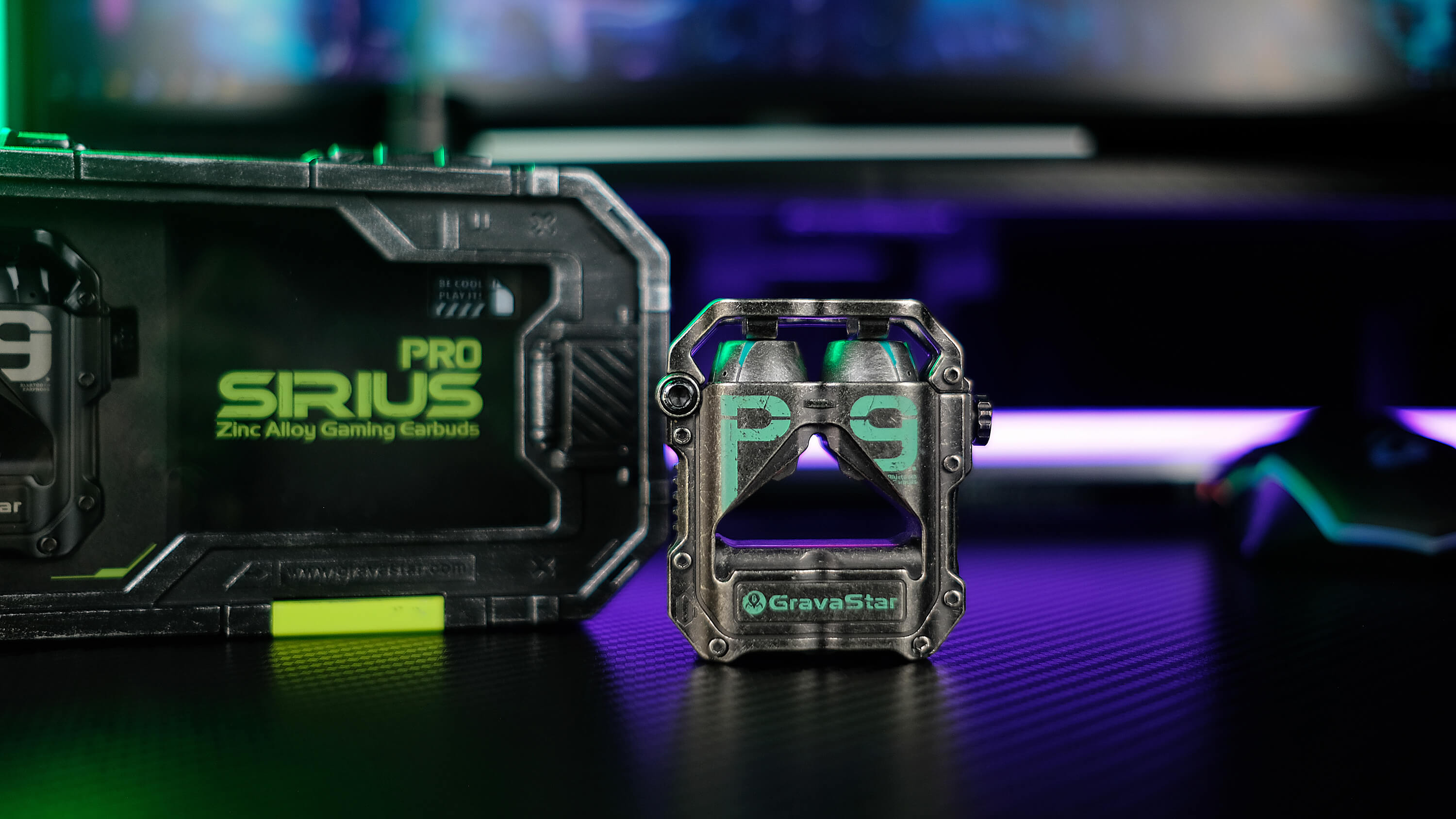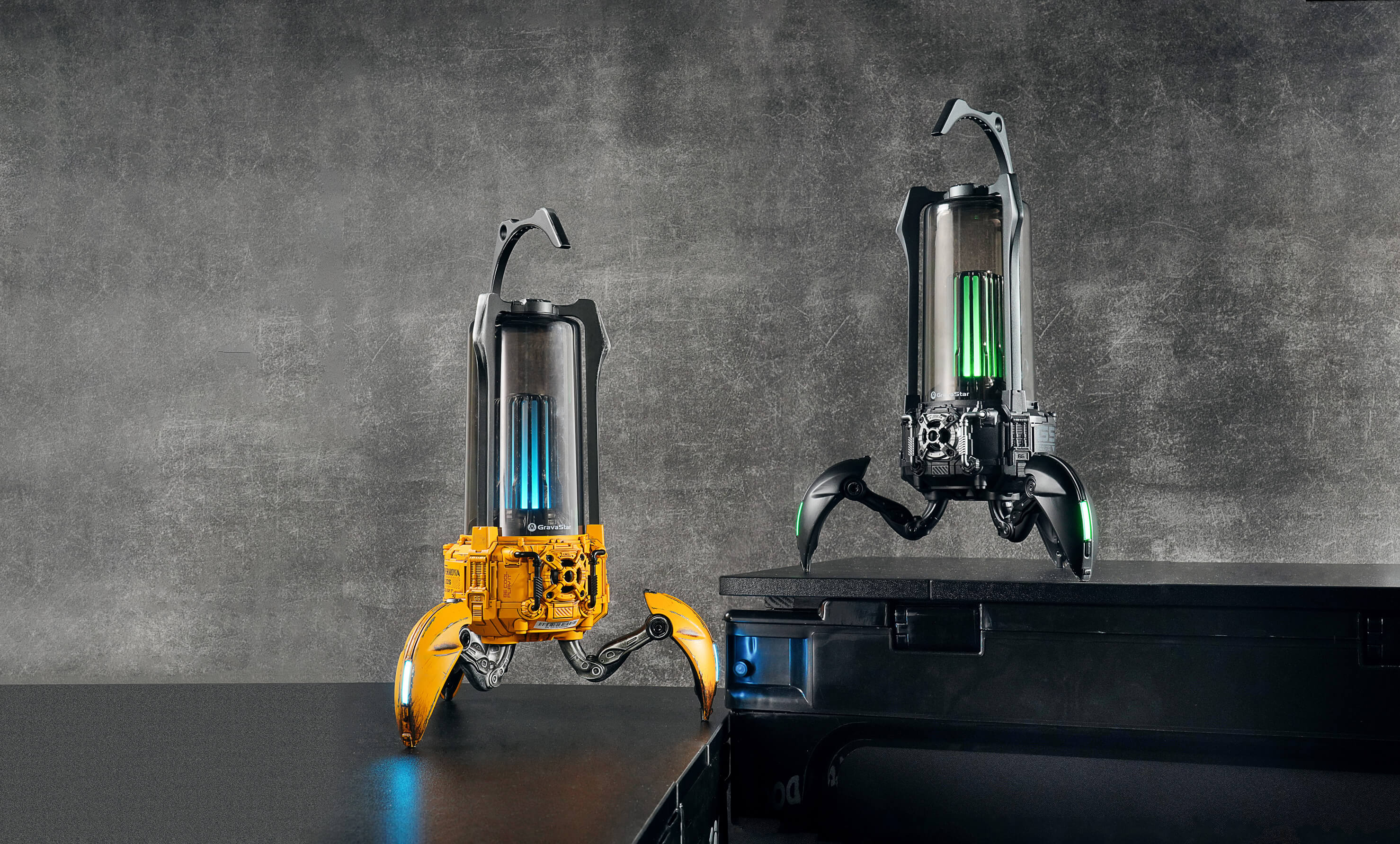The world of computer peripherals is vast, with various devices offering unique functionalities to enhance user experience. Among these, mice have evolved significantly, with wireless and Bluetooth variants becoming increasingly popular. Understanding the differences between a wireless mouse and a Bluetooth one is crucial for consumers looking to make an informed choice. This article delves into the differences between these two types of mice, exploring their distinct characteristics, functionalities, and suitability for different user needs.
What Is a Wireless Mouse?
A wireless mouse is a type of computer mouse that connects to a computer without the use of physical wires. Typically, it uses radio frequency (RF) technology to communicate with the computer. This connection is facilitated through a USB dongle, also known as a receiver, that plugs into the computer's USB port. The mouse and the dongle are pre paired, allowing them to communicate over a specific frequency. The primary advantage of a wireless mouse is its freedom of movement, eliminating the constraints and clutter of a cable. This makes it an ideal choice for users who value a tidy workspace or need the flexibility to use their mouse at varying distances from their computers.
What Is a Bluetooth Mouse?
A Bluetooth mouse, on the other hand, uses Bluetooth technology for connectivity. Bluetooth is a wireless communication protocol that allows devices to connect and exchange data over short distances. Unlike a wireless mouse that requires a specific USB dongle, a Bluetooth mouse connects directly to a computer's built in Bluetooth. This capability makes the Bluetooth mouse more versatile, as it can pair with a wide range of devices that support Bluetooth, including laptops, tablets, and even some smartphones. The absence of a dongle makes it a more portable option, particularly beneficial for users who frequently switch between multiple devices.
What Are the Differences Between a Wireless Mouse and a Bluetooth Mouse?
Each type has its unique advantages and limitations, which can significantly influence a user's choice depending on their specific requirements.
Connection Method and Compatibility
As previously mentioned, the primary difference lies in their connectivity: a wireless mouse uses a USB dongle, while a Bluetooth mouse connects directly to a device's Bluetooth. This difference has a profound impact on their compatibility. Wireless mice, with their reliance on a USB dongle, are limited to devices with USB ports. This can be a disadvantage in an increasingly USB C or wireless world, especially for newer laptops and tablets that may lack traditional USB ports.
Bluetooth mice, on the other hand, boast broader compatibility. They can connect to any device with Bluetooth functionality, which includes a wide range of modern laptops, tablets, and even smartphones. This universality makes Bluetooth mice more adaptable to different devices, a key advantage in today's multi device ecosystem.
Portability
Portability is another critical factor. Wireless mice with dongles can be less portable, as one needs to remember to carry the dongle. Losing the dongle can render the mouse inoperable. Bluetooth mice, free from the need for an external dongle, offer greater convenience and portability, making them a better choice for those who travel frequently or work in different locations.
Battery Life
Battery life is an aspect where wireless mice often have an edge. They are typically optimized for longer battery life, as the dedicated dongle connection can be more power efficient than Bluetooth. Bluetooth mice, while convenient, may consume more battery power due to the nature of the Bluetooth protocol, which can lead to more frequent battery changes or recharging.
Interference and Range
Wireless mice using RF technology can sometimes offer a more stable connection with less interference, particularly in environments with multiple Bluetooth devices. The dedicated frequency of the dongle can ensure a consistent connection, which is crucial in scenarios demanding precision, such as in gaming or graphic design.
In contrast, Bluetooth connections can occasionally suffer from interference in areas with numerous active Bluetooth devices. However, advances in Bluetooth technology, like Bluetooth 5.0 and beyond, have significantly improved stability and range, making this less of an issue in modern Bluetooth mice.
Ease of Setup and Use
Setup ease also varies. Wireless mice are typically plug and play, offering immediate functionality upon connecting the dongle. This simplicity is beneficial for less tech savvy users or those who prefer a quick, straightforward setup.
Bluetooth mice, while initially requiring a more involved pairing process, offer the advantage of easy switching between devices. This is particularly useful for users who regularly work with multiple devices, as it negates the need to repeatedly plug and unplug a dongle. Once paired, most Bluetooth mice remember the device, allowing for quick reconnection.
Precision and Responsiveness
In terms of precision and responsiveness, wireless mice with dongles have historically had the upper hand, offering lower latency, which is essential for high speed tasks. However, advancements in Bluetooth technology have greatly reduced this gap, with many modern Bluetooth mice offering performance nearly on par with their wireless counterparts.
How Do You Choose Between Wireless and Bluetooth Mice?
When deciding between a wireless and Bluetooth mouse, consider your lifestyle. For those always on the move, like frequent travelers or remote workers, a Bluetooth mouse offers unparalleled convenience. Its ability to connect to various devices without a dongle makes it ideal for on the go use, eliminating the hassle of carrying extra accessories. In contrast, if your computer use is primarily stationary, such as in a home office, the reliability and longer battery life of a wireless mouse could be more beneficial.
Compatibility with multiple devices is a key factor. A Bluetooth mouse is better for users who regularly switch between different devices, especially those lacking USB ports, due to its broader compatibility. However, for users who mainly work on a single device, especially in precision demanding tasks like graphic design or gaming, a wireless mouse's stable and responsive connection is advantageous.
Finally, consider the mouse's ergonomics and your budget. Both wireless and Bluetooth mice come in various designs to suit different hand sizes and grips, ensuring comfort during prolonged use. Typically, Bluetooth mice are more budget friendly, while wireless mice, especially specialized ones for gaming or professional use, may be pricier but offer advanced features.
Is There a Mouse That Can Be Both Bluetooth And Wireless?
Yes, there is indeed a mouse that can be both Bluetooth and wireless, and a notable example is the GravaStar Mercury M1 Pro Wireless Gaming Mouse. This innovative mouse features three distinct connection modes: Bluetooth, wireless 2.4G (RF), and a wired connection. The combination of these three connection modes, along with its high performance sensor, customizable settings, and unique design, positions the M1 Pro as a comprehensive solution for both casual and professional users seeking versatility and performance in their computing peripherals.
Conclusion
To sum up, the decision between a wireless and a Bluetooth mouse should be guided by your personal and professional needs. If you prioritize stability and ease of use in a fixed workspace, a wireless mouse with a USB dongle is ideal. However, if you're often mobile and use multiple devices, the versatility of a Bluetooth mouse is unbeatable.
For those who want the best of both worlds, the GravaStar Mercury M1 Pro Wireless Gaming Mouse offers an innovative solution. Its ability to switch between Bluetooth, wireless RF, and wired connections caters to a wide range of situations, from gaming to professional use. It's a prime example of how modern technology can adapt to our evolving digital lifestyles.
Read More
- Why Is One Earbud Louder Than The Other (With Solutions) – GravaStar
- Sirius P5 Earbuds: The 1st Earbuds With Interchangeable Cases – GravaStar
- Why Is My iPhone Charging Slow and Dying Fast? Troubleshooting – GravaStar
- How GaN Technology is Revolutionizing Fast Charging – GravaStar
- How to Tell if Your iPhone is Fast Charging: 3 Signs to Check – GravaStar







Leave a comment
This site is protected by hCaptcha and the hCaptcha Privacy Policy and Terms of Service apply.